
Visit the Galapagos Islands with evolutionary biologist Richard Dawkins

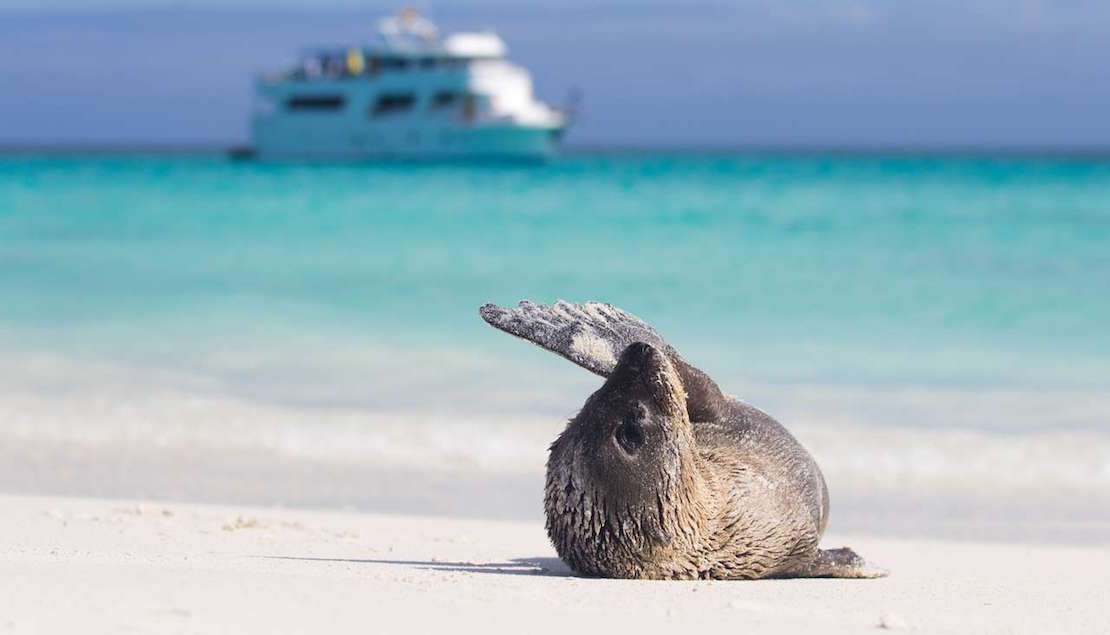
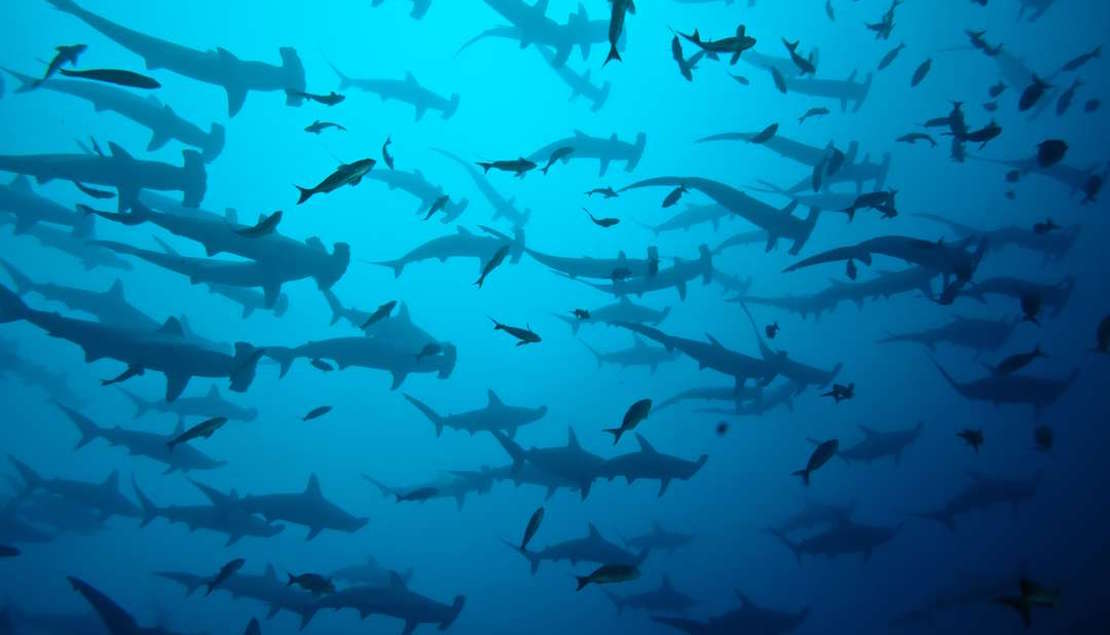
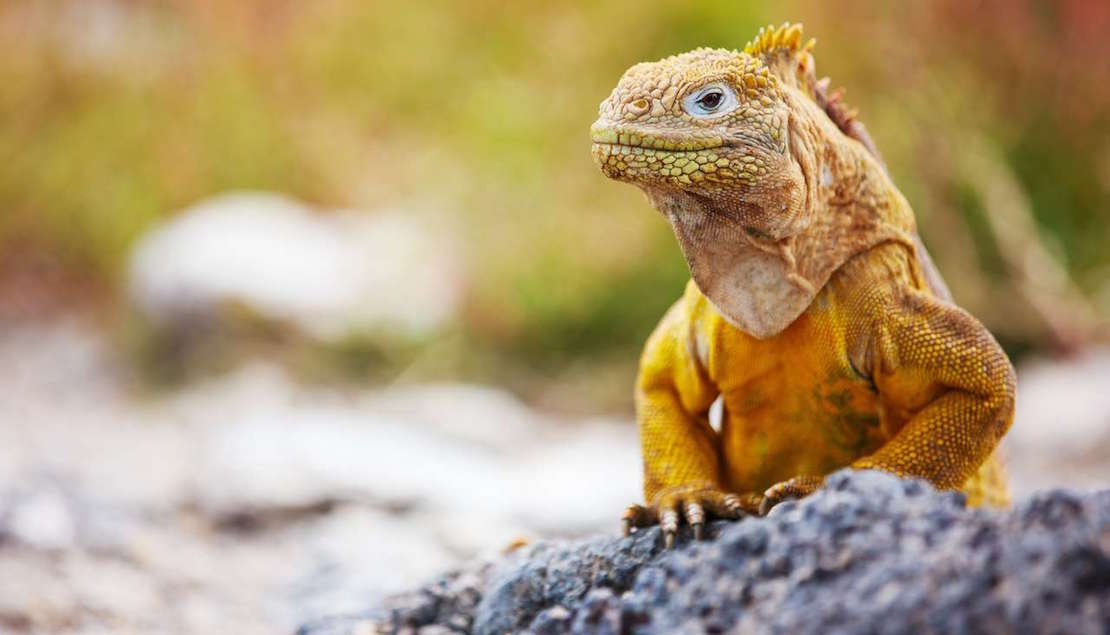
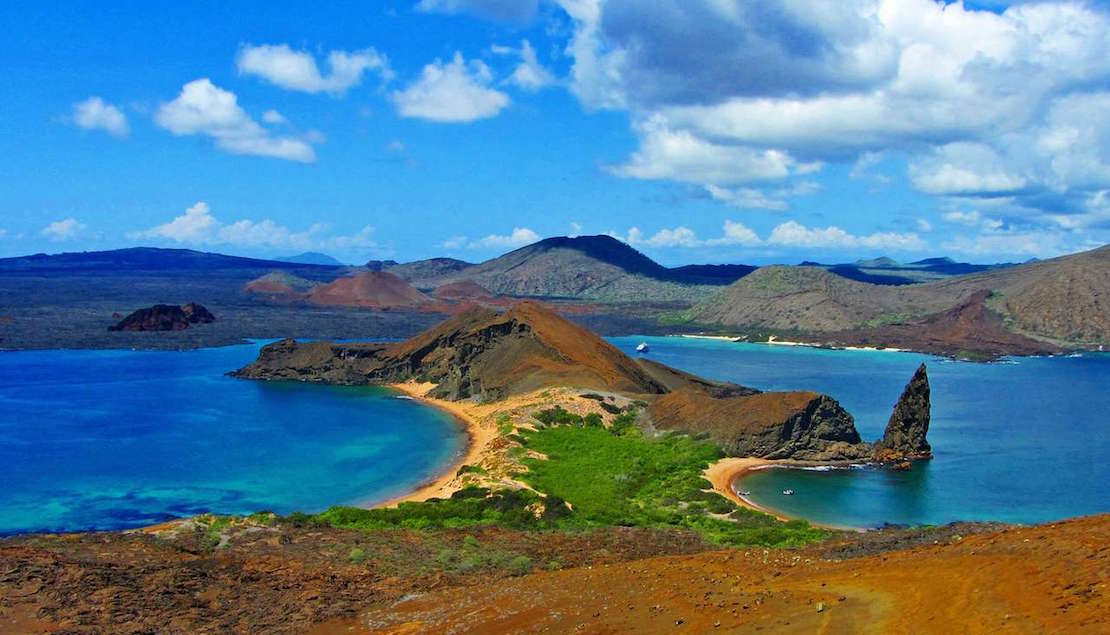
Join this exclusive Galapagos holiday travelling with Richard Dawkins, probably the best known evolutionary biologist in the world.
- Visit the Galapagos Islands with evolutionary biologist Richard Dawkins
- Eight days sailing on the M/V Evolution, a spacious and elegant motor yacht
- The best ratio of guide to passengers in the Galapagos Islands of 1: 10
- Explore seven varied islands including Isabela and Fernandina with superb marine life
Join this exclusive Galapagos holiday travelling with Richard Dawkins, probably the best known evolutionary biologist in the world. Richard will give lectures during the cruise and join the excursions. Spend eight days on our private charter, the M/V Evolution, and visit islands such as Isabela, Fernandina, Bartolome, Espanola and Santa Cruz.
There are few places on earth that can rival the wildlife of Galapagos, with an abundance of colourful creatures seemingly unafraid of humans. There will be many opportunities to get close to the islands' unique wildlife, either on foot, by kayak, by panga or when snorkelling. With three naturalist guides on board in addition to Richard Dawkins you can be assured of receiving personalised and insightful narrative on all the wildlife seen. Wildlife highlights include waved albatross, flightless cormorant, land and marine iguanas, two types of booby (blue-footed and Nazca), giant tortoises, Galapagos penguins, frigate birds and sea lions.
ITINERARY
Day 1
Arrive Quito
Day 2 QUITO
Half Day Colonial City Tour and Casa del Alabado Archaeological Museum
Begin this exploration of Quito by exploring La Ronda Street, considered the oldest street in the city. Continue to San Augustin convent for a short visit of Chapter Hall, where the first declaration of independence of Ecuador was signed in 1809. Continue to Independence Square and La Compania church, known as the best example of baroque style in the country. Explore the wonderful pre-Columbian art museum Casa del Alabado displaying more than 5,000 archaeological pieces from most indigenous communities.
With Pichincha Volcano one side, Machangara Gorge on the other and the equator passing directly through, few can rival Quito's setting. Few also can match the splendour of its old town, with its colonial churches, mansions and plazas. Quito was named as the first World Cultural Heritage Site in the world by UNESCO in 1978. This historical city has the largest and best preserved historic centre and colonial quarters in Latin America.
As old gives way to new, broad avenues and parks host international hotels, restaurants and shopping centres. You will be staying at Swissotel Quito
Day 3 QUITO - GALAPAGOS ISLANDS - BALTRA
Fly Quito to Baltra
Daphne Major Islet
This morning fly to Baltra in the Galapagos archipelago. After passing through Galapagos National Park inspection the national park guide will be waiting, holding a sign with M/V Evolution, the name of your yacht. The guide will accompany the group on the short bus ride to the waterfront. At the dock board a dinghy (panga) to make the short crossing to M/V Evolution. Only bring carry-on luggage on the panga as the crew will transfer the main luggage to the cabins. Settle into the Evolution and have lunch and a briefing en route to the first visitor site of Daphne Major Islet.
Circumnavigate Daphne Major Islet, a volcanic island that consists of a tuff crater, home to a variety of birds including Galapagos martins, blue footed boobies, Nazca boobies, short eared owls and red billed tropic birds.
It was Charles Darwin's 1835 exploration of the Galapagos Islands, whilst serving as a naturalist on HMS Beagle, and his subsequent 1859 publication On the Origin of Species by Natural Selection that first brought the world's attention to these fascinating islands.
Today the Galapagos remain a living laboratory of evolution where birds and animals have no fear of man. Blue-footed boobies, flightless cormorants, land and marine iguanas and giant tortoises roam freely and for anyone with an interest in natural history, wildlife and ecology, a visit to these islands is an unforgettable experience. Located some 600 miles off the coast of Ecuador in the Pacific Ocean, the archipelago is now a National Park and has been declared a World Heritage Site by UNESCO. There are 13 islands (isles) in total and dozens of smaller islets and rocks - all the result of volcanic activity with exotic plant life, unique wildlife species and an extraordinary landscape fringed with blue sea.
Day 4 GALAPAGOS ISLANDS
Isabela and Fernandina Islands
This morning visit Punta Vicente Roca on Isabela Island a spot for water based visits. Snorkelling is incredible here as a result of the nutrient-rich waters of the Humboldt Current that bathe the western side of the archipelago. There is the chance to see colourful fish, sea lions, penguins and sea turtles in the water.
This afternoon visit Fernandina Island, the youngest and westernmost island in the Galapagos. Visit Punta Espinosa, a beautiful narrow spit of lava and sand, where marine iguanas, sea lions, flightless cormorants, turtles, herons, egrets and Galapagos hawks can be seen in close proximity. There will more opportunities this afternoon for snorkelling.
Day 5 GALAPAGOS ISLANDS
Isabela Island
Today visit Urbina Bay on the island of Isabela, directly west of volcano Alcedo. Take a walk on Isabela Island and view a three mile stretch of marine reef that has risen by four metres out of the water as a result of an uplift. A highlight of this excursion are the giant land iguanas and giant tortoises. Snorkelling can be done from the beach this morning.
In the afternoon head north along the western coast of Isabela to visit Tagus Cove. Historically the cove was used as an anchorage for pirates and whalers and their ship names can be seen carved into the cliffs. This is a sheltered spot, ideal for panga rides looking for blue footed boobies, brown noddies and pelicans nesting above on the cliffs. From here a wooden stairway rises to the trail entrance and continues around Darwin Lake, a perfectly round saltwater crater. Walk through a dry vegetation zone ending at a spectacular view point where Darwin and Wolf volcanoes can be seen. Tagus Cove offers an unusual snorkelling spot with the floor of the cove covered in green algae, making it look like a submerged pasture. Here find marine iguana grazing the vegetation underwater, sea turtles gliding through the cove and if lucky see Galapagos penguins and flightless cormorants darting about.
Day 6 GALAPAGOS ISLANDS
Bartolome Island and Sullivan Bay In the morning visit Bartolome, famous for Pinnacle Rock, a towering spearheaded column that rises from the edge of the sea. Galapagos penguins and sea lions can be found here and sea turtles nest in the sandy beaches. Hike the 600 metre trail to Bartolome's summit and be rewarded with spectacular views of Santiago Island and Sullivan Bay as well as Pinnacle Rock and the beach below. After lunch visit Sullivan Bay, one of the most outstanding volcanic sites in the Galapagos. In the nearly 100 years since the Sullivan Bay Flow, only a few plants like mollugo and lava cacti have managed to take root in this harsh environment. Oyster catchers can be seen fishing for crabs and mollusks in the tide pools of Sullivan Bay. After exploring the lava flow, there is swimming and snorkelling with the playful sea lions and a good chance to see Galapagos penguins in the water.
Day 7 GALAPAGOS ISLANDS
Santa Cruz Island In the morning visit Las Bachas, a sandy white coral beach that is a major egg laying site for sea turtles and where blue footed boobies can be seen. Walk the trail to a salt water lagoon where pink flamingos are often found with blue herons, common stilts, white cheek pintail ducks and other wading birds. Las Bachas offers a great spot for snorkelling from the beach and a place where the sea is often warmer than other places in the Galapagos.
After lunch visit Dragon Hill, named for the large number of bright yellow land iguanas that frequent the area, and an important nesting site for iguanas reintroduced by the Charles Darwin Research Centre. A short walk from the beach leads to a salt water lagoon that is also frequented by pink flamingos and other species of birds, on the way look for yellow warblers and Galapagos finches. From here, pass through a forest of endemic Scalesia trees, there are only 400 specimens of the Scalesia tree left in the world. Hike up to Dragon Hill for impressive views of the bay.
Day 8 GALAPAGOS ISLANDS
Santa Cruz Island Santa Cruz is the second largest island in the Galapagos and its capital, Puerto Ayora, is the economic centre of the Islands. In the morning visit the Charles Darwin Research Station to visit the Giant Tortoise and Land Iguana Breeding and Rearing Program. Puerto Ayora is also a good spot to buy souvenirs and get laundry done.
This afternoon visit the highlands, where the dry coastal vegetation transitions to lush wet fields and forests overgrown with moss and lichens. Go to the Wild Tortoise Reserve, where there is the chance to track and view these creatures in the wild.
Day 9 GALAPAGOS ISLANDS
Espanola Island
Espanola is the southernmost island of the archipelago, and is one of the most popular due to the breath-taking variation and number of creatures that inhabit the island. In the morning visit Punta Suarez on the western side of the island, here expect to be greeted by inquisitive sea lions in the surf. Hike a circular trail and witness the largest variety of marine iguanas in the Galapagos, as well as Nazca boobies and blue footed boobies nesting along the cliff edge. Upon reaching the rocky coast a blow hole can been seen shooting salt water into the air. Further along this stretch of coast is where the famous waved albatross can been seen between April and December.
In the afternoon visit Gardner Bay, a magnificent long white sandy beach, where colonies of sea lions laze in the sun, sea turtles swim offshore, and inquisitive mockingbirds boldly investigate new arrivals. This is a lovely spot for a swim in the turquoise waters and a great place to snorkel with the playful sea lions.
Day 10 GALAPAGOS ISLANDS - SAN CRISTOBAL ISLAND - GUAYAQUIL - DEPART
San Cristobal Island
This morning before arriving on San Cristobal Island pass by a spectacular rock formation known as Kicker Rock which stands 152 metres out of the ocean.
The last island to visit on this trip is San Cristobal, which was the first island Darwin visited in 1835. Stop at the administrative capital of Puerto Baquerizo and if time allows visit the Galapagos National Park Visitor Centre. Travel by bus with the guide to the airport for the flight back to the Ecuadorian mainland. Fly San Cristobal Island to Guayaquil Fly Guayaquil to Amsterdam
WHAT WILDLIFE WILL I SEE IN DECEMBER IN THE GALAPAGOS?
The Galapagos islands are a wildlife haven, both on and off the islands. During December in the Galapagos Islands you may be able to witness giant tortoise eggs starting to hatch, green sea turtles displaying mating behaviour and the first young waved albatross fledglings appearing. On Genovesa Island, red pouches of great frigate birds are seen along with migratory birds while some species of cetaceans begin their journey southward.
WHAT IS THE BOAT LIKE?
The M/V Evolution is a 58 metre (192ft) elegant motor yacht which provides plenty of space for just 32 passengers. The Evolution provides a high standard of comfort and is designed to take you back to the romantic era of the 1920s. There are 13 staterooms with portholes and on the upper deck there are three suites with windows. All cabins have air conditioning and are furnished to a high level. Social areas are plentiful with large indoor and outdoor dining areas, a bar area, a small library and an infirmary. On the sun deck is a jacuzzi and loungers for watching the marine life and islands during navigation. Attention to detail is high with a cruise director on board and on our charters with Richard Dawkins, Steppes has arranged for an extra naturalist to be on board, meaning a ratio of one guide to every ten clients. Snorkelling equipment and kayaks are available to use during the trip.
WILL THE SEA BE ROUGH?
In December the waters are usually calm, with good weather anticipated with light winds from the south east.
IS DECEMBER A GOOD TIME TO TRAVEL TO THE GALAPAGOS ISLANDS?
December is a lovely time of year to travel to the Galapagos Islands. The average daily temperature is 23.5 degrees centigrade and the water temperature a pleasant 21 degrees.
Experiences
-
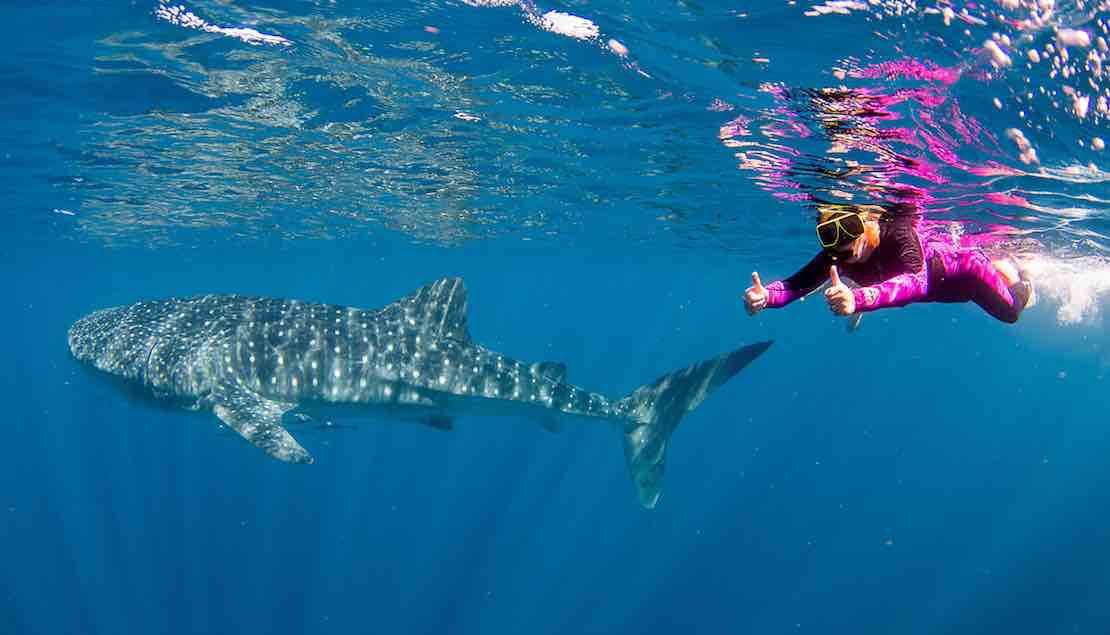
Swim with the whale sharks at Ningaloo Reef
Imagine being surrounded by fish of every size and colour, playful manta rays, and lively turtles. As you take it all in, the largest creature you have ever seen gracefully swims by — a whale shark is welcoming you to her home.
-
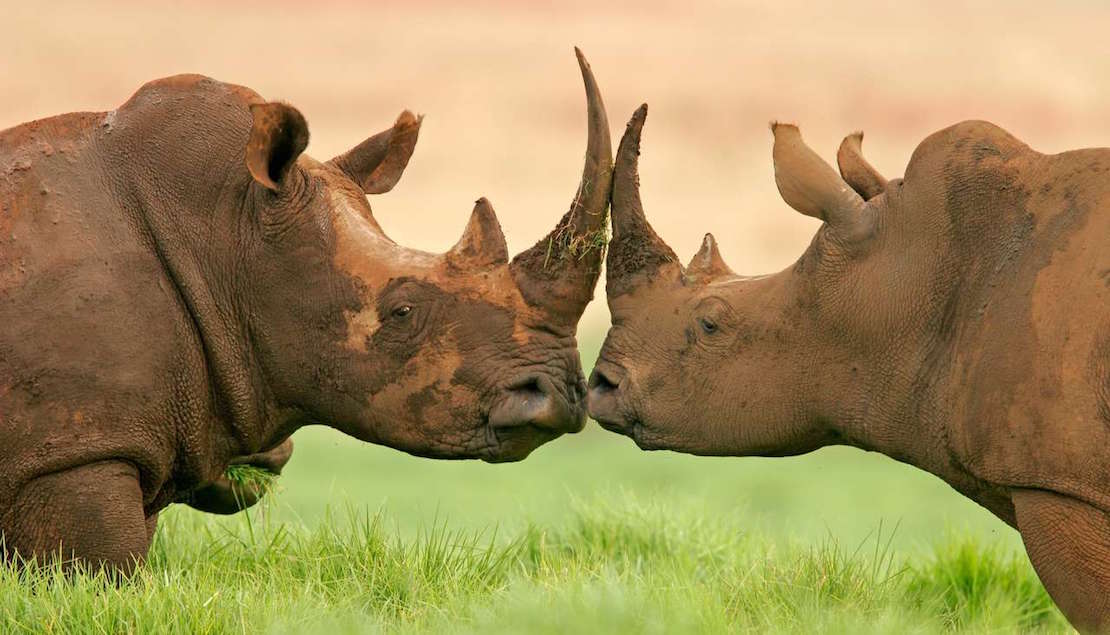
Join a Rhino Conservation Project in South Africa
Spend time gaining an insight into the conservation efforts being made to protect wildlife. Accompany the chief vet and rangers from Klaserie Nature Reserve as they locate a rhino; take part in notching and microchipping the sedated animal.
-
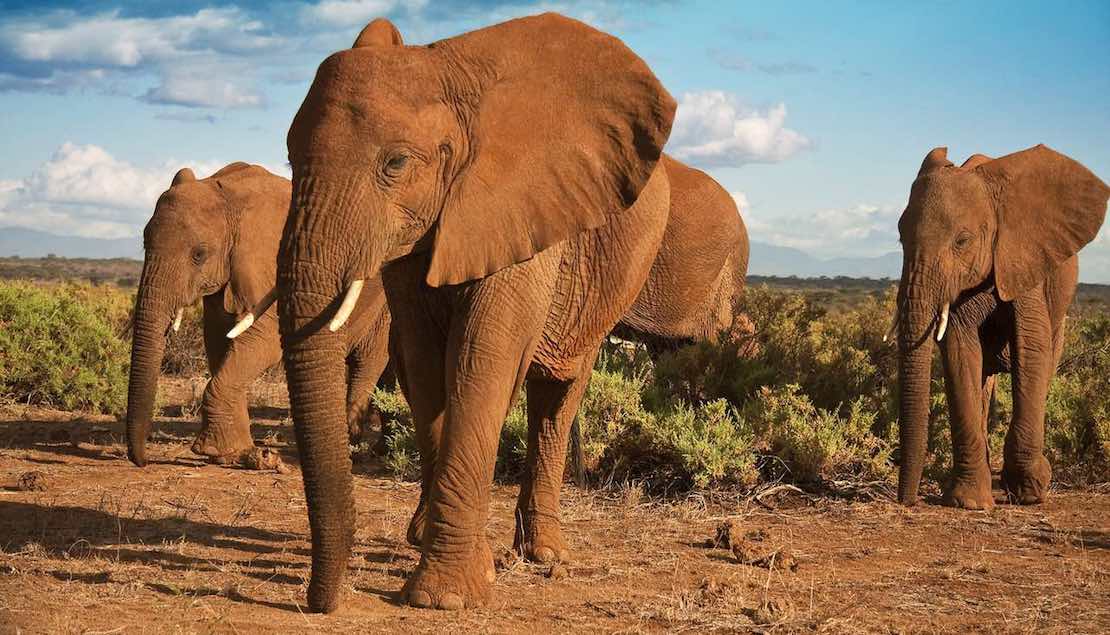
Spend a week with the elephants of the Samburu
Learn about the secret lives of elephants with this opportunity of a lifetime. Experience authentic Samburu hospitality and spend time in the company of a Kenyan family that have dedicated themselves to saving elephants.
More like this
We’re here to listen and inspire
to help you have the holiday of your lifetime.
We can do it all – advise, plan and book and we look after you on the journey.
Meet our peopleContact Concierge Traveller - A Virtuoso Travel Agency
Toll free 1800 047 047
International +61 2 8270 4800
Concierge House
332 Kent Street
Sydney NSW 2000
Australia

We are open 24hrs a day
-
London
-
Bangkok
-
Sydney
-
Honolulu
-
Rio de Janeiro

